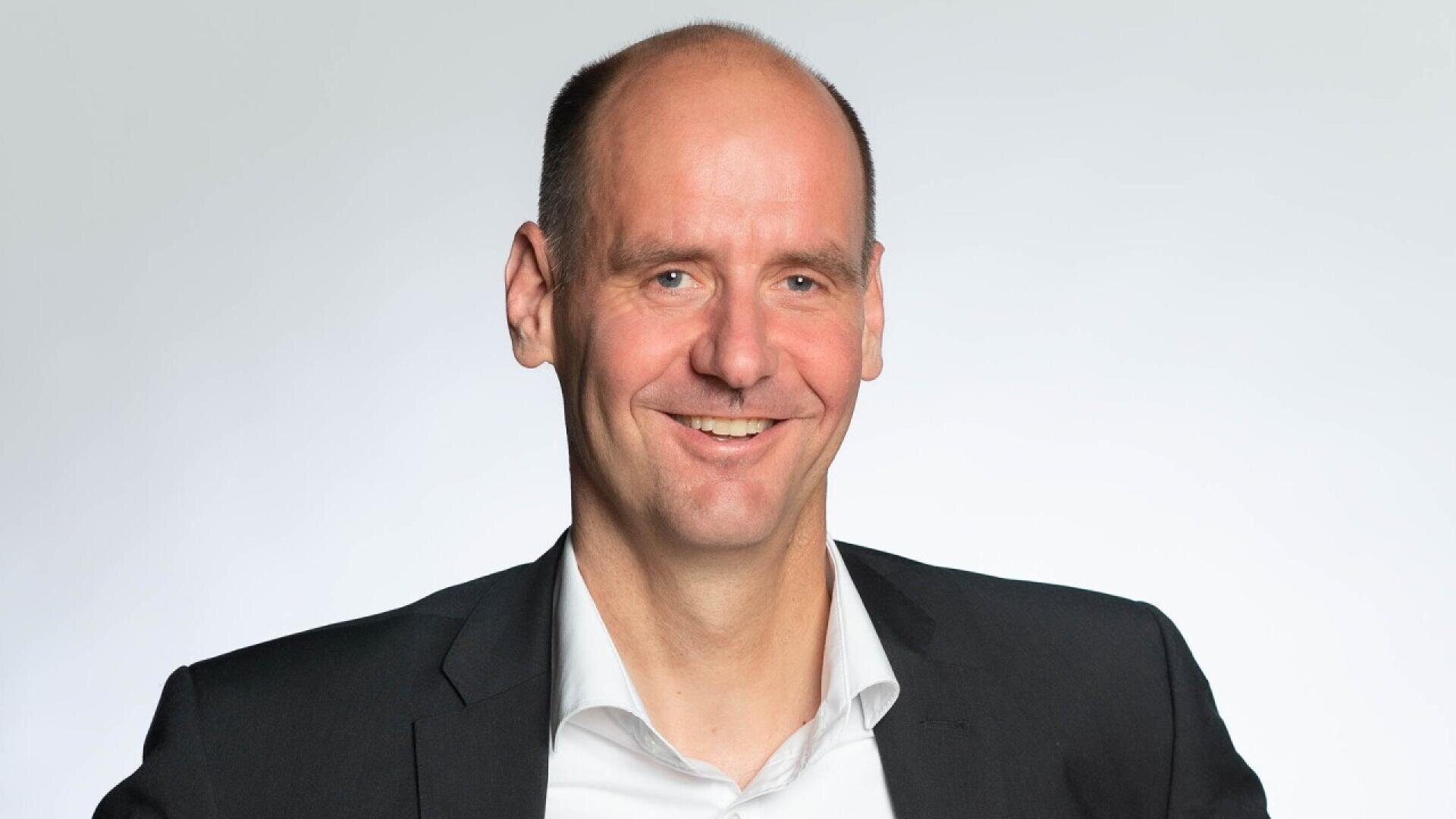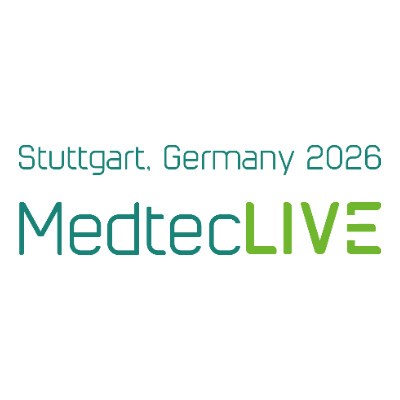Interview with Christian Johner: "The bottleneck of notified bodies is starting to ease."
In view of the MDR hurdles, medical technology manufacturers are considering launching their products on the US market first. But there is light at the end of the tunnel in the EU, says Christian Johner, founder and partner of the Johner Institute, in an interview with Inside Industry.
Professor Johner, you recently weighed up the reasons why medical technology companies should seek approval for their products in the USA rather than in Europe in your institute's journal. The result was 3:1 in favour of the USA. Should Europe prepare for an exodus in the industry?
Christian Johner: There are indeed more reasons for many medical device manufacturers to launch their products on the US market first. We are experiencing this shift towards the USA both through our networks and through an increase in demand for our corresponding services. We see the following reasons for this shift:
Duration of approvals
The duration of an "approval" in the USA is now on average shorter and, above all, more predictable than a conformity assessment procedure in the EU.
Clarity of requirements
The FDA's requirements are clearer than the requirements set by the notified bodies according to their interpretation of the MDR and IVDR. We also observe that these requirements and their interpretations change over time, that they differ between the notified bodies and sometimes even within them. This leads to legal uncertainty.
Scope of the requirements
The requirements in the EU are higher in many areas than in the USA. Examples include the requirements for the equivalence of comparative products and clinical trials, which have become necessary more frequently in the EU.
Accuracy of the authorisation procedures
The USA has authorisation procedures specifically for innovative products and products that are important for certain patient groups. There are no such regulations in Europe. There is also no institution that - in contrast to the FDA - feels effectively responsible for the security of supply and paves the legal way for such products.
Appreciation and quality of communication
Many manufacturers have the feeling that FDA employees operate strictly but fairly and on an equal footing. They appreciate the binding information in terms of content and timing. They feel that European legislators, authorities and notified bodies place them under general suspicion of putting patients at risk and complain about unreliable communication, such as enquiries that are not answered or only answered after a long time or with generalisations.
Europe must be prepared for the fact that more and more medical device manufacturers are choosing the USA as their first market. At the same time, the proportion of German manufacturers, for example, launching new products on the German market has already collapsed, as our researchers have shown on the basis of figures from government databases. This means that the shift towards the USA is only part of the negative impact on the population and companies in the EU.
Switching to other markets, such as the USA, is probably not possible for everyone. For which companies can this be an alternative or supplement, and for whom not?
Christian Johner: We support medical device and IVD manufacturers with precisely this regulatory strategy. After all, whether it makes sense for a manufacturer to choose the USA as its first market depends on many parameters. Examples are:
Type of product and the resulting authorisation procedure
If the manufacturer finds a "predicate device" for its product and can bring it to market via a 510(k) (the most important procedure for approving medical devices in the USA; editor's note) and not via a PMA, this speaks in favour of the US market.
Product market fit
Manufacturers should know the local market requirements. Ease of use by carers with a different level of training, greater robustness and a low price are often more important than a raft of "product features".
"Reimbursement"
The attractiveness of a market depends not only on the regulatory hurdles, but also on the sales that manufacturers can achieve in the market. The reimbursement structures of the two markets are very different.
Competitive situation
A me-too product will have a hard time in the USA. Conversely, the FDA has even asked German manufacturers to market their innovative and unique products in the USA.
Market presence, partnerships
The hurdles to establishing a presence in a new market are high: sales and support structures have to be set up. Customs formalities and legal requirements outside of medical device law must be known and mastered.
The US market is therefore interesting, for example, for manufacturers who already have an established US business and want to close gaps in the US market with new products and product versions.
Further regulatory interventions in Europe have been decided or announced. Nevertheless, you have expressed the expectation that things could improve for the medical technology sector in the foreseeable future. What is this hope based on?
Christian Johner: There are several factors that should give European manufacturers some hope:
The bottleneck of notified bodies is starting to ease. More and more notified bodies are letting us know that they still have capacity. This is once again creating a market in which fair prices, fast services and reliable statements are necessary to survive.
The authorities, auditors and reviewers of notified bodies are becoming more and more experienced and have a common understanding of regulatory requirements. This leads to greater legal certainty.
In addition, these players are increasingly realising that they have overshot the mark in some areas and are putting over-interpretations of the legal requirements into perspective.
The EU Commission has also realised that its regulation is having a negative impact on security of supply, innovative strength and the competitiveness of European manufacturers. There is at least hope that the new Commission will intervene accordingly.
We accompany many companies, especially manufacturers and notified bodies, through their digital transformation. We therefore know that both manufacturers and notified bodies can multiply the productivity of their regulatory processes. As a result, the effort, costs and duration of conformity assessment procedures, for example, are collapsing. And as a result, the relative advantage of approvals in the USA is shrinking.
Over-regulation is seen as a brake on the innovative medtech sector. Is it the only reason why innovation fails to materialise? What happens to companies that fall behind in the area of R&D?
Christian Johner: Many manufacturers have at least part of the problem to blame themselves. They have failed to drive forward their own transformation in the good years. Other industries have long since completely digitised their core processes. The medical device industry is proud that PDF documents can now be submitted instead of paper.
Too many companies have also failed to realise that their strategy also includes a regulatory strategy and that this requires regulatory expertise. Too little or too little targeted investment has been made in the qualification of these regulatory experts.
There are certainly also companies that are lagging behind in the area of R&D. This is partly a consequence of regulation, because the best developers were withdrawn for post-documentation. Apart from that, however, it would be inappropriate to deny German medical device manufacturers the will and power to innovate.
Notified bodies play a central role in the certification process. There are different perceptions and reports on how customer-friendly they are. What should companies look out for when selecting and commissioning a notified body?
Christian Johner: Changing a notified body is usually a major undertaking. If companies have the opportunity to do so, the following criteria, for example, can help with the selection process:
1. contractual clarity such as contractually agreed response times and processing times or an agreement that the rules of the game will not be changed during the procedure, for example during the application process
2. quality and clarity of the application documents
3. degree of digitalisation, including assurance that the notified body will offer data-driven rather than document-driven approvals in future
4. accuracy of fit for own products. There are notified bodies that specialise in one or a few product types
5. number of relevant technical experts. The risk alone that the loss of a central person can delay procedures by months - with corresponding consequences for sales - has already prompted manufacturers to switch.
About the person
Professor Dr Christian Johner is an expert in the development and approval of medical devices that contain software or are software. As an auditor, member of a standards committee, trainer of notified bodies and author, he is committed to the further development of the regulatory landscape. The Johner Institute, which he founded, supports medical device and IVD manufacturers worldwide in setting up QM systems, in the approval of their products and in the digital transformation of regulatory processes. Christian Johner holds a doctorate in physics and has taught software architecture, software quality assurance and medical informatics at the University of Konstanz, the University of St. Gallen, the University of Würzburg and Stanford University, among others.


